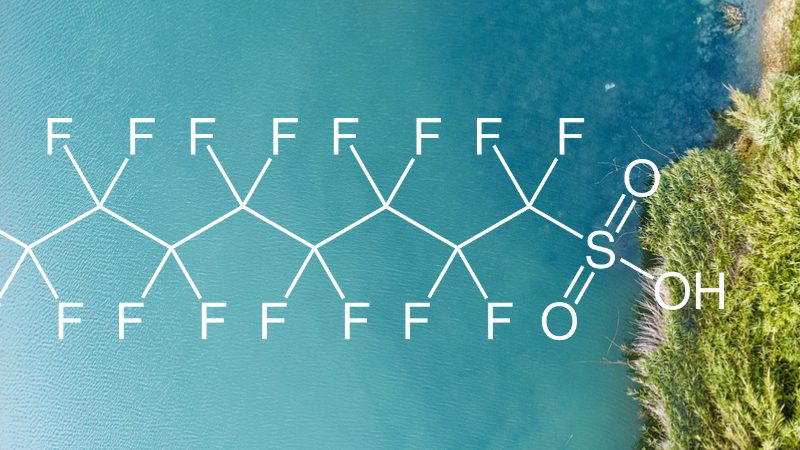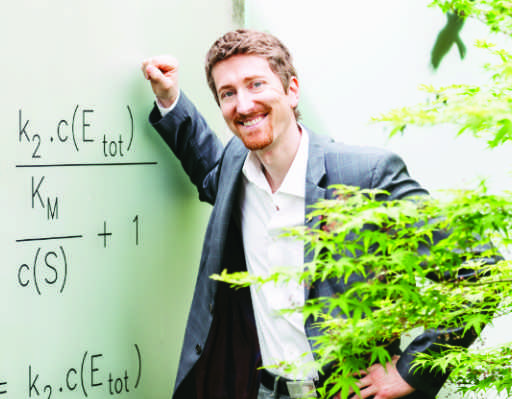There are compounds so stable and inert that their potential for innovation and industrial applications seemed endless … and they have been produced in huge amounts. Their global accumulation in both environments, wildlife and humans, however, have lots of detrimental effects, but since they are so stable, there is nothing that we can do – or is there?
Background
Growth factors are not only essential components of the cell culture medium for pharmacological products as Per- and polyfluoroalkyl substances (PFASs) are a group of synthetic chemical compounds featuring fluorine atoms on an alkyl chain. They are more commonly denominated as “forever chemicals” or more scientifically “persistent organic pollutants”. Currently more than 10,000 PFAS are known with polytetrafluoroethylene (aka Teflon) being probably the most famous one, but they are also used in cosmetics, textiles, plastics, firefighting foams, ski wax, and many more … Their carbon-fluoride backbone is one of the strongest known bonds in organic chemistry resulting in an extremely long environmental half-life. There are many health concerns associated with PFAs such as various cancers, low sperm count and mobility, lower birth weight, inflammatory bowel disease, etc. Today PFAS are spread globally and start to bioaccumulate with highest concentrations in top predators and humans. Since the bond is so strong and since the compounds are so new to nature, some believe them to be microbiologically inert and to persist in the environment for tens of thousands of years.
Technology
Project Offer
Under protection of a CDA/NDA we provide you with professional strategies for biotechnological degradation of PFASs of your choice. IP developed in such a project would fully belong to you as our investor/industrial partner.

